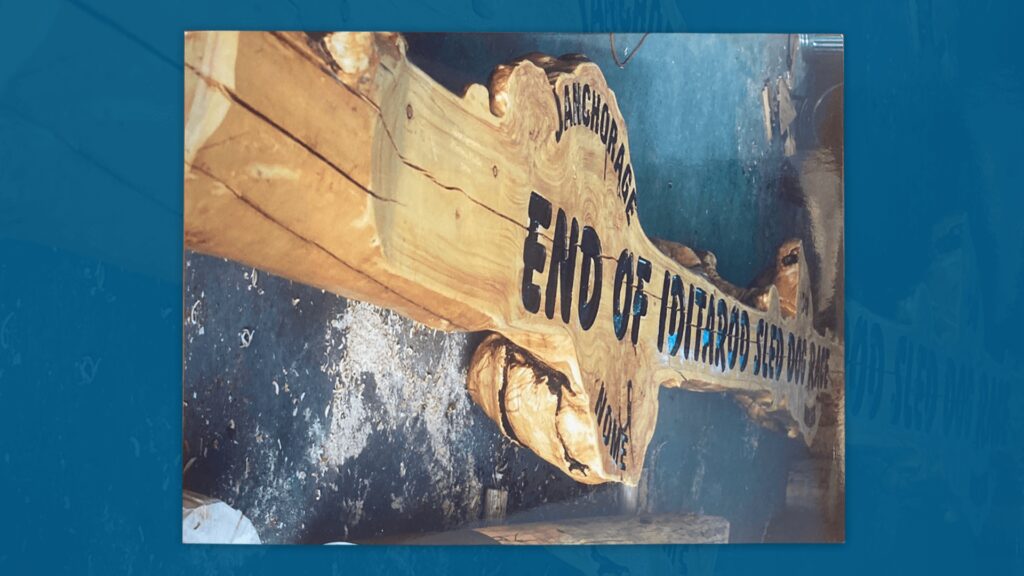Nome, where the Iditarod Trail Sled Dog Race ends. The finish line attracts tourists from around the world and keeps the community busy for most of March.
But Nome also plays a major role in another mid-winter race—the Iron Dog. The snowmachine race is twice as long as Iditarod, but the time racers spend in Nome and the number of race volunteers pale in comparison.
Like Iditarod, Iron Dog’s ceremonial start is held in Anchorage. The next day, the race restarts just north of Alaska’s largest city. And like Iditarod, the first pro class Iron Dog team to reach Nome wins a hefty cash prize, but they’re still only halfway.
Nate Perkins leads the local volunteer effort.
“They come into town, they’re here for 36 hours, and then they’re gone again,” Perkins explained. “But it’s exciting for race enthusiasts that are real snowmobile race enthusiasts. It’s exciting to see,” he said.
Nome hosts a halfway banquet for both the pro class and recreational racers, who spend most of their time at the city’s garage for a clocked repair session.
“The garage is where all the activity happens, so everybody likes to go over there, and that’s where the riders, the racers work on their sleds,” Perkins said. “That part is fun to watch.”
And all of this takes place in under two days. Perkins has been an Iron Dog volunteer for more than 25 years. His brother was a snowmachine dealer in town. He says that’s how he got involved.
“We always helped out as volunteers, whether we were staking trail or what have you, but we got really involved when people we knew were active participants in the race, and then from there, it’s become something I’ve done every year in some form or another,” Perkins explained.
This year, Perkins is still leading the local volunteer roundup, but now, he’s also one of three race marshals. Perkins will travel to Anchorage for the start. He’ll be in Nome for halfway events and then onto Fairbanks for the finish.
“I’ve never seen any other part of the Iron Dog race except right here in Nome,” Perkins admitted. “I’ve never been to the start, and I’ve never been to the finish.”
That leaves Wilson Bourdon, another Iron Dog enthusiast, to manage race logistics on the ground.
Bourdon said there’s a laundry list of things to get done.
“We do all the checking, and we help with whatever they need, like getting the rigs up here, setting up the chute, setting up the banners, cleaning up the public works building.”
Iron Dog volunteers also stake the trail, act as official timers, escort racers, and help move machines around. All that work falls to just 10 or 20 volunteers. That’s compared to the more than 200 volunteers who show up in Nome for the Iditarod Trail Sled Dog Race.
Perkins says Iron Dog volunteers face their own race against the clock.
“There’s that 48-hour period where a lot of help is needed, and we really appreciate having anybody that can do whatever they can do to make this event happen.”
The first racers from both the pro class and recreational class are expected to arrive at the halfway point in Nome on Tuesday.







